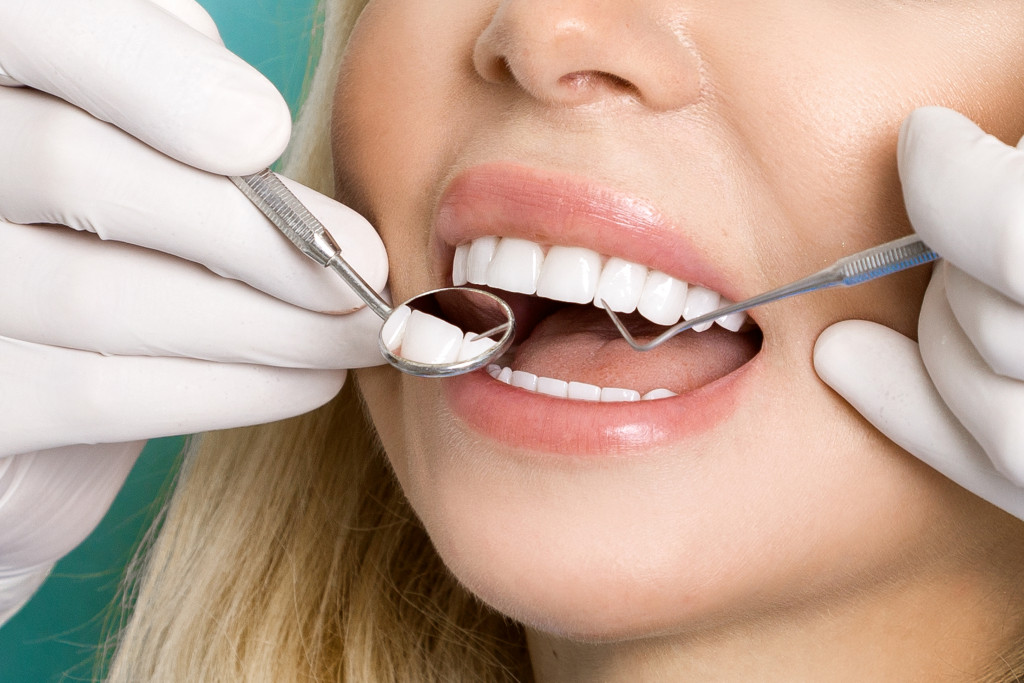For many people, going to the dentist can be a stressful experience. Most people fear or feel uncomfortable about going to the dentist because of the potential for pain or other anxieties about dental procedures. But in recent years, new tech innovations have made it easier and less painful than ever before. Take a look at some of the most significant advances that make dental visits much more pleasant for patients.
1. Digital X-Rays
Dental x-rays are an essential part of most trips to the dentist, but they can be time-consuming and uncomfortable for patients. Many people are also concerned about the radiation exposure that traditional X-rays bring. Digital x-rays offer a better solution. Instead of using film, digital x-rays use sensors to capture images in real-time. They also emit far less radiation than traditional x-rays, which makes them much safer for patients.
Additionally, because digital x-rays produce images almost instantly, dentists can get a quick diagnosis without having to wait for them to develop like with traditional x-rays. Many digital x-rays can also be stored and shared electronically, which makes it much easier for dentists to collaborate. It can be done quickly and easily if patients need a second opinion or an x-ray taken at another office.
2. CAD/CAM Technology
Computer-aided design and computer-aided manufacturing, or CAD/CAM, technology have revolutionized tooth replacement. With CAD/CAM, dentists can scan a tooth and create a 3D model on a computer. They can then use the model to craft a precise replacement crown or bridge in a fraction of the time it used to take. They can then insert the new tooth quickly and easily.
The CAD/CAM technology also ensures that the replacement tooth fits perfectly. This dramatically reduces the likelihood of pain or irritation, which makes it much more comfortable for patients. Because the process is so fast and effective, you can even do it in a single visit to the dentist. Most dental clinics now offer this technology, and it is becoming increasingly more common as technology advances.
3. Laser Dentistry
Lasers have revolutionized modern dentistry by making it possible to perform procedures with minimal pain and recovery time for patients. Lasers can remove cavities and bacteria from teeth without damaging surrounding tissue or requiring invasive techniques such as drilling or scraping. In addition, laser dentistry requires fewer sedatives and anesthetics than traditional methods. Hence, recovery times are faster, and there’s less risk of side effects or complications from anesthesia or medications used during treatment.
While laser dentistry may not be available at all clinics yet, many offer it as an alternative to traditional treatments. Because of its accuracy and pain-free nature, it is becoming increasingly popular. Patients looking for a more comfortable dental experience should consider this technology.

4. Intraoral Cameras
For procedures that require a close examination of the teeth, dentists often use intraoral cameras. These small cameras fit inside the mouth and are used to get an up-close look at the teeth and surrounding tissue. Intraoral cameras are especially helpful for identifying problems that aren’t easily visible with standard dental x-rays. The images can be stored and shared electronically, so patients can get second opinions or track their progress over time.
Intraoral cameras also allow dentists to show patients exactly what’s happening in their mouths. This can help educate patients about their dental health and help them make informed decisions about their treatment plans. Depending on the clinic, intraoral cameras may be available for use during the appointment. Ask your dentist if they offer this technology.
5. Computerized Anesthesia Delivery Systems
Gone are the days of painful injections at the dentist’s office. Computerized anesthesia delivery systems allow dentists to precisely control how much anesthetic is delivered during a procedure. This allows them to minimize the pain and discomfort felt by their patients while ensuring that they get the right medication dosage. These systems also reduce waste since they don’t require pre-filled syringes as traditional methods do.
Many modern dental offices now use computerized anesthesia delivery systems due to their accuracy and convenience. Patients who are nervous or anxious about getting injections should definitely ask their dentist if they offer this technology. It can make a big difference in terms of comfort and anxiety levels during treatment.
The world of dentistry is rapidly changing thanks to tech innovations that make going to the dentist more straightforward and less painful than ever before. Many of the latest dental technologies make it possible to perform procedures with greater accuracy, quicker recovery times, and less pain for patients. If you’re looking for a more comfortable dental experience, consider asking your dentist about some of the latest technologies available. From digital impressions to laser dentistry and computerized anesthesia delivery systems, there are plenty of tech innovations to make going to the dentist a more pleasant experience.


